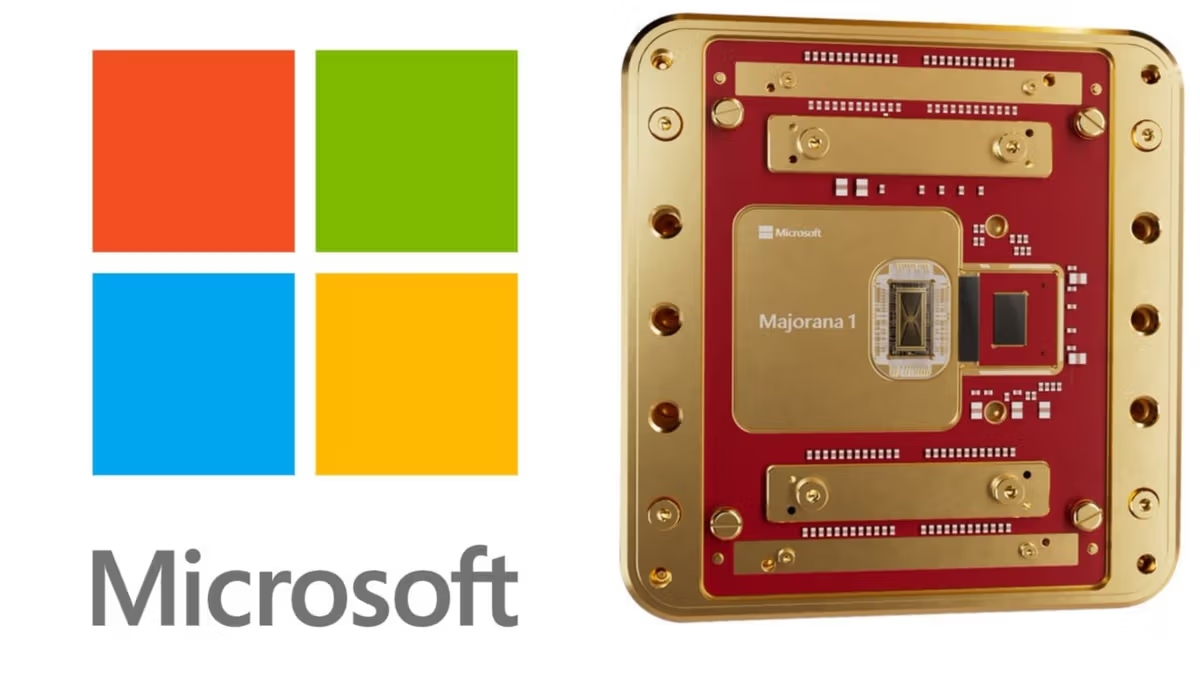A team of researchers has introduced a novel approach to neuromorphic computing, a field that aims to mimic the brain’s structure and function in computing systems. This new method, based on linear wave scattering, challenges the traditional reliance on physical nonlinearities for complex AI processing.
Wave Scattering: A Surprising Path to Nonlinearity
Neuromorphic computing often uses physical systems like optics or electronics to emulate neural networks. These systems typically require nonlinear components to achieve the complex processing needed for AI tasks. However, the new research demonstrates that even linear wave scattering, a seemingly simple phenomenon, can be harnessed for nonlinear operations.
The key lies in how the input data is encoded. Rather than directly manipulating the wave itself, the researchers modulate the physical parameters that influence how the wave scatters. This indirect encoding effectively introduces nonlinearity into the system, opening up a wide range of possibilities for AI applications.
Advantages Over Traditional Approaches
This wave scattering approach offers several advantages over traditional neuromorphic computing methods.
- Efficiency: Linear systems are generally more energy-efficient and easier to control than nonlinear ones. This could lead to more sustainable AI systems.
- Scalability: Wave scattering can be implemented in various physical platforms, including optics, microwaves, and electrical circuits. This flexibility enables scalable designs for different computational needs.
- Trainability: The researchers have shown that the parameters governing wave scattering can be directly adjusted based on feedback, allowing the system to “learn” from data.
Potential Applications
The wave scattering approach has the potential to revolutionize various fields:
- AI Hardware: It could lead to the development of new types of AI chips that are faster, more energy-efficient, and easier to manufacture.
- Robotics: The ability to perform complex AI processing directly in the physical world could enable more sophisticated and responsive robots.
- Scientific Research: The method could be used to simulate complex systems, such as the brain or climate models, with greater accuracy.
The Road Ahead
While the research is still in its early stages, it has already generated significant excitement in the scientific community. The researchers are now working on building a prototype chip based on wave scattering, which could pave the way for real-world applications in the near future.
Challenges and Future Directions
There are still challenges to overcome before wave scattering becomes a mainstream technology. The researchers need to refine their methods and demonstrate their effectiveness on more complex AI tasks. Additionally, they need to develop efficient algorithms for training and controlling wave scattering systems.
Nevertheless, the wave scattering approach represents a promising new direction for neuromorphic computing. By harnessing the power of linear systems, it could unlock new levels of performance and efficiency in AI.



















Add Comment